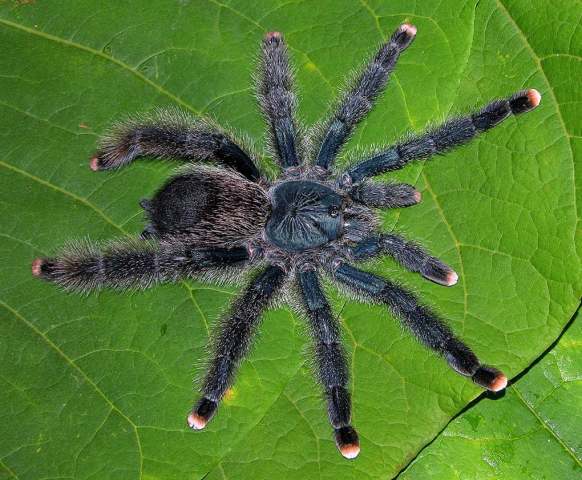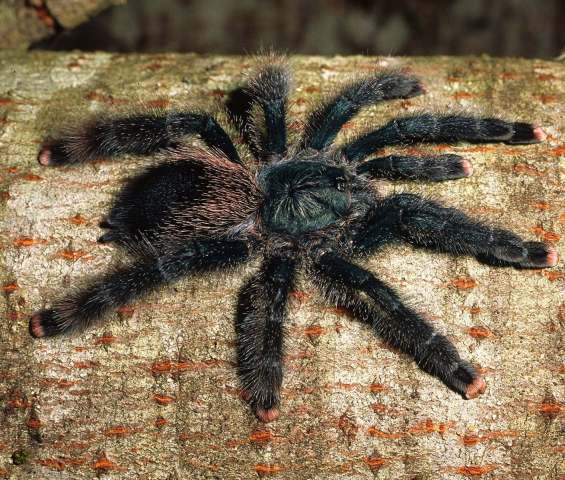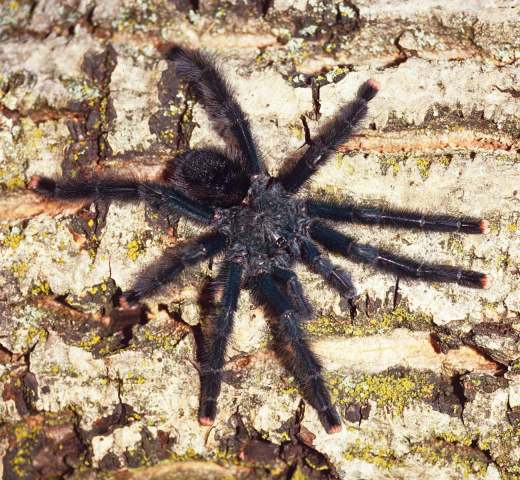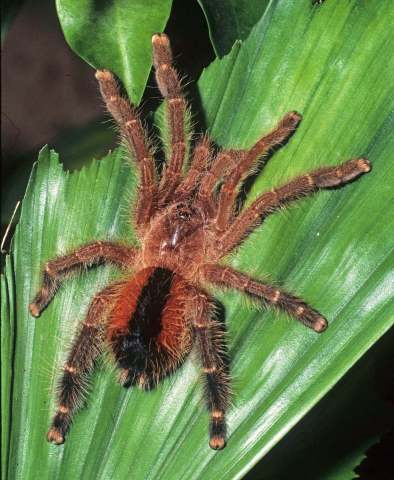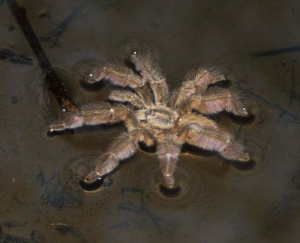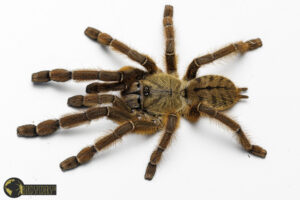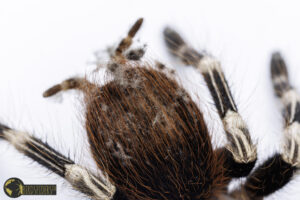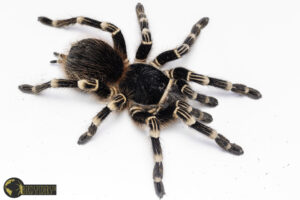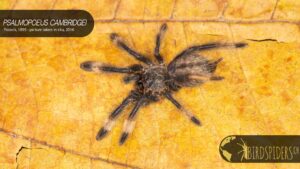you read this title and think: “why is he calling them pink toe tarantulas” and why “in 2019”, is it really any different than in other years?
Certainly not. Well, not for all of us at least. Keeping Pink Toe Tarantulas alive, scientifically known as Avicularia, is not something everyone has a high success rate in. Especially when you are living in a very humid or arid environment the urge to keep a Pink Toe Tarantula in captivity can result in an early loss of the specimen if you’re not well prepared for the husbandry of Avicularia species.
Important points to consider
- Cross ventilation for your enclosure
- Mold free substrate, i.e Seramis
- Anchor point for the tarantula web on high ground
video of Pink Toe Tarantula care advice
Details of Pink Toe Tarantula Care
Pink Toe Tarantulas need special attention when it comes to environmental humidity. Since members of the Avicularia genus certainly are arboreal tarantula species, meaning that they live most of their lives high up on trees in the forest, it’s especially important to have a good ventilation setup for your enclosure.
In case you’d like to have a visual guide to this topic, consider watching the video in this blog post which we created a while back with the intention to share our experiences with keeping Avicularia species in captivity.
Ventilation
Good airflow in your enclosure is vital for your Pink Toe Tarantula – and by airflow, it’s not meant to have a device constantly pushing air through your enclosure. Simply applying the law of physics will help to increase the chance of successfully keep members of the genus Avicularia, the Pink Toe Tarantulas, like a spider tarantula.
Ideally, the enclosure has cross ventilation to make sure the humidity within the enclosure evaporates within your watering- and feeding schedule. As an idea of how this can look see the sketches below.
Bear in mind that spiderlings (nymphs, juveniles, etc.) of Avicularia are more sensitive to humidity than their adult and full-grown counterparts. Captive-bred specimens tend to adjust better to the microclimate given by keeping Avicularia as spider tarantulas, so make sure you don’t buy wild-caught specimens if possible.
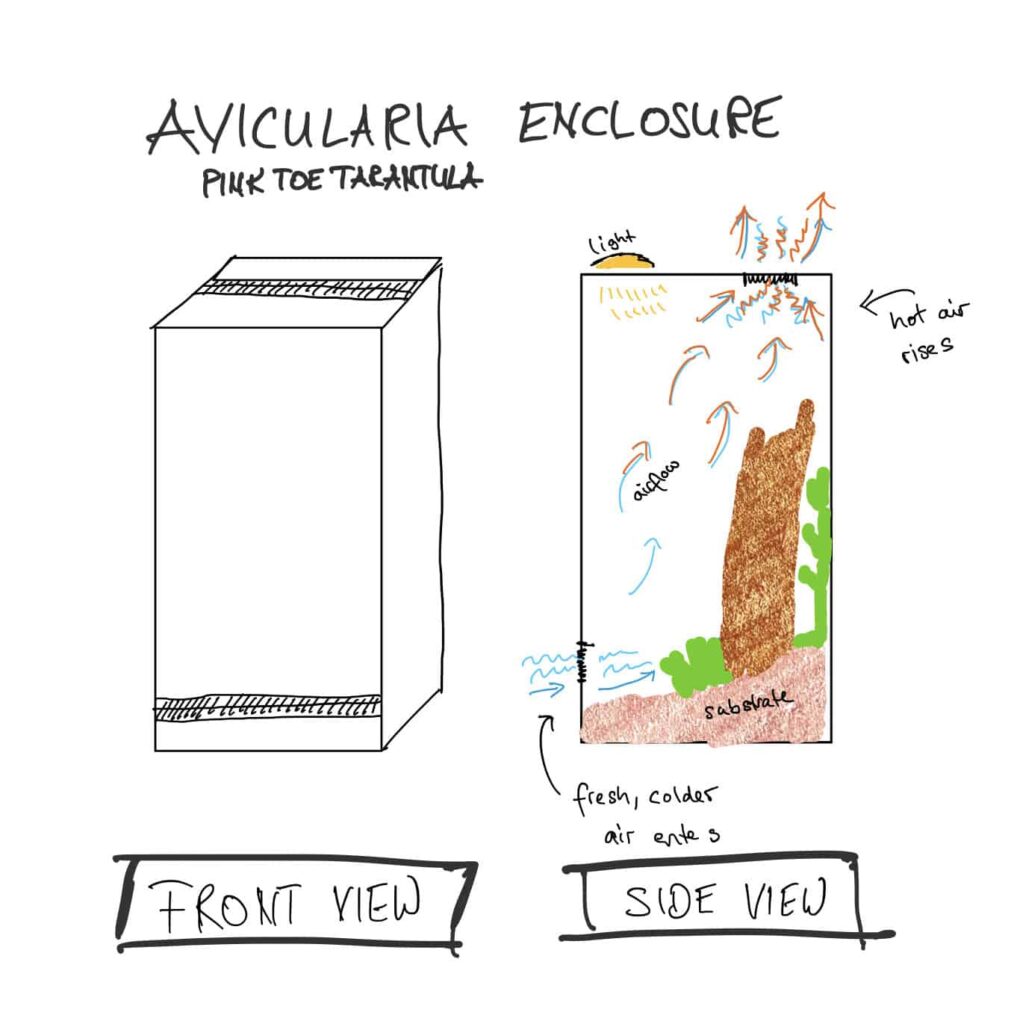
Enclosure ideas for your Pink Toe Tarantula
Enclosure design is essential for a success story with your Pink Toe Tarantula. Since Avicularia are tree tarantulas, make sure you provide materials in your enclosure the tarantula can make us of and built its webbing near the top of the enclosure. Avicularia tend to reach the highest point in your enclosure and build their silky retreat up there, so make sure the have an anchor point available the can start building their web. Especially vital for younger specimens kept in plastic tubes, since their webbing tube will provide additional protection from humidity and heat, building its own micro climate within the enclosure.
Disclaimer
All the points mentioned are meant to be a starting point. Always make sure to adapt these ideas to your environment, meaning for example adjusting the number of ventilation holes to an appropriate number to your environment (dry or humid). It’s always best to set up your enclosure a few days prior to introducing the tarantula, that way you can make minor adjustments to the enclosure in favor of your new spider tarantula.
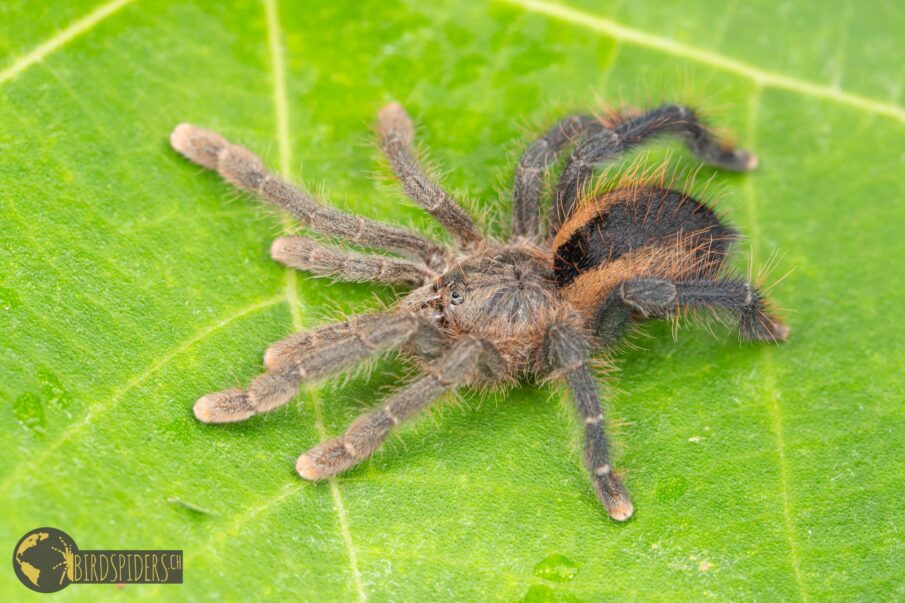
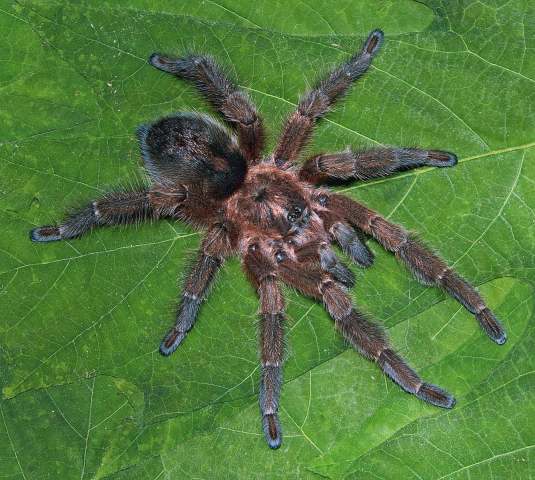
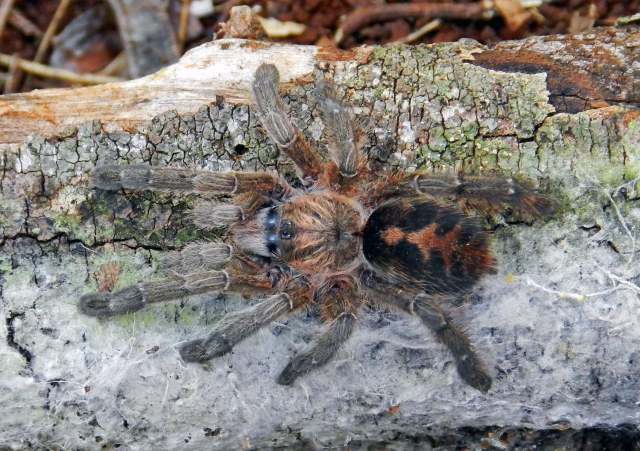
![Avicularia avicularia (Linnaeus, 1758) [formerly Avic. metallica Ausserer 1875], female, French Guiana Avicularia avicularia (Linnaeus, 1758) [formerly Avic. metallica Ausserer 1875], female, French Guiana](https://birdspiders.ch/wp-content/gallery/theraphosidae/thumbs/thumbs_Avicularia-avicularia-Linnaeus-1758-formerly-Avic.-metallica-Ausserer-1875-female-French-Guiana.jpg)
